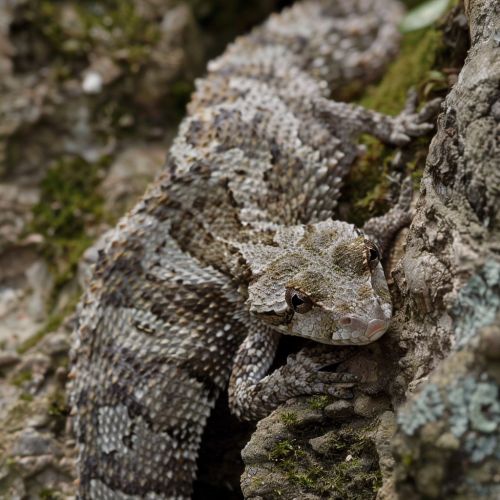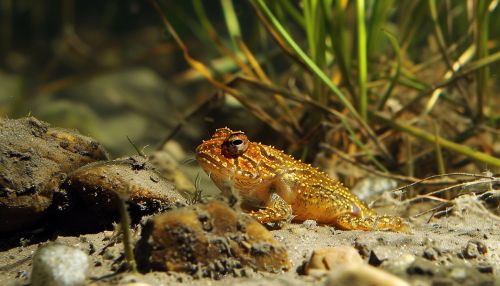Crypsis
Introduction
Crypsis is the ability of an organism to avoid observation or detection by other organisms. It allows an organism to remain indiscernible from the surrounding environment through evolutionary adaptations. This phenomenon is seen in a wide range of organisms including mammals, birds, reptiles, and insects.


Evolutionary Significance
Crypsis plays a significant role in the survival of many species. It is a product of natural selection, where organisms with traits that allow them to blend in with their environment are more likely to survive and reproduce. This results in the propagation of these traits in subsequent generations. Crypsis can be used for a variety of purposes, including predator avoidance, prey capture, and mate selection.
Types of Crypsis
There are several types of crypsis, each with its unique characteristics and evolutionary advantages. These include background matching, disruptive coloration, self-decoration, active camouflage, and countershading.
Background Matching
Background matching is a common form of crypsis where an organism's coloration matches the coloration of its environment. This makes it difficult for predators or prey to distinguish the organism from its surroundings. Examples of organisms that use background matching include the Arctic hare, which turns white during the winter to match the snow, and the stick insect, which resembles twigs or leaves.
Disruptive Coloration
Disruptive coloration is a form of crypsis where an organism's coloration breaks up its outline, making it difficult to distinguish its shape. This can make the organism appear as a part of the environment rather than a distinct entity. Examples of organisms that use disruptive coloration include the zebra, whose black and white stripes make it difficult for predators to single out an individual from the herd, and the cuttlefish, which can change its skin color and pattern to match its environment.
Self-Decoration
Self-decoration is a form of crypsis where an organism uses materials from its environment to camouflage itself. This can include leaves, twigs, sand, or other debris. Examples of organisms that use self-decoration include the decorator crab, which attaches sea anemones and other organisms to its shell, and the caddisfly larvae, which build protective cases out of pebbles and plant material.
Active Camouflage
Active camouflage is a form of crypsis where an organism can change its coloration or pattern in response to changes in its environment. This allows the organism to blend in with a variety of backgrounds. Examples of organisms that use active camouflage include the chameleon, which can change its skin color to match its surroundings, and the octopus, which can change both its color and texture to mimic different environments.
Countershading
Countershading is a form of crypsis where an organism's coloration is darker on the top and lighter on the bottom. This helps to counteract the effect of sunlight, making the organism appear flat and less three-dimensional. Examples of organisms that use countershading include sharks, which are darker on top and lighter on the bottom to blend in with the dark ocean below and the light surface above, and many species of birds and mammals.
Role in Ecosystems
Crypsis plays a crucial role in maintaining the balance of ecosystems. It aids in predator-prey dynamics, influencing population sizes and species interactions. It also impacts the behavior and distribution of species. For instance, the presence of cryptic predators can alter the behavior of prey species, influencing their feeding habits and habitat use.
Human Applications
The principles of crypsis have been applied by humans in various fields. In military tactics, camouflage is used to conceal soldiers and equipment from the enemy. In architecture and design, buildings and products are often designed to blend in with their surroundings. In wildlife photography, photographers use camouflage to get close to animals without disturbing them.
